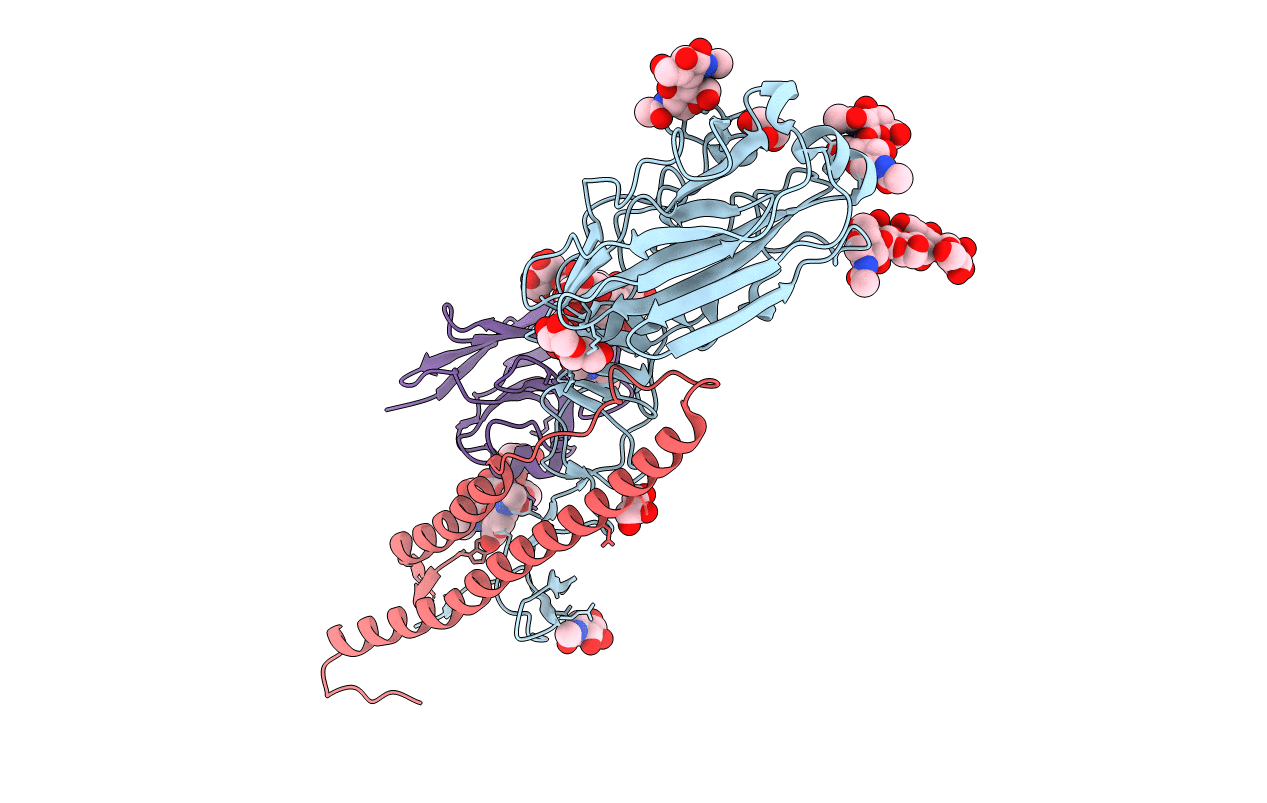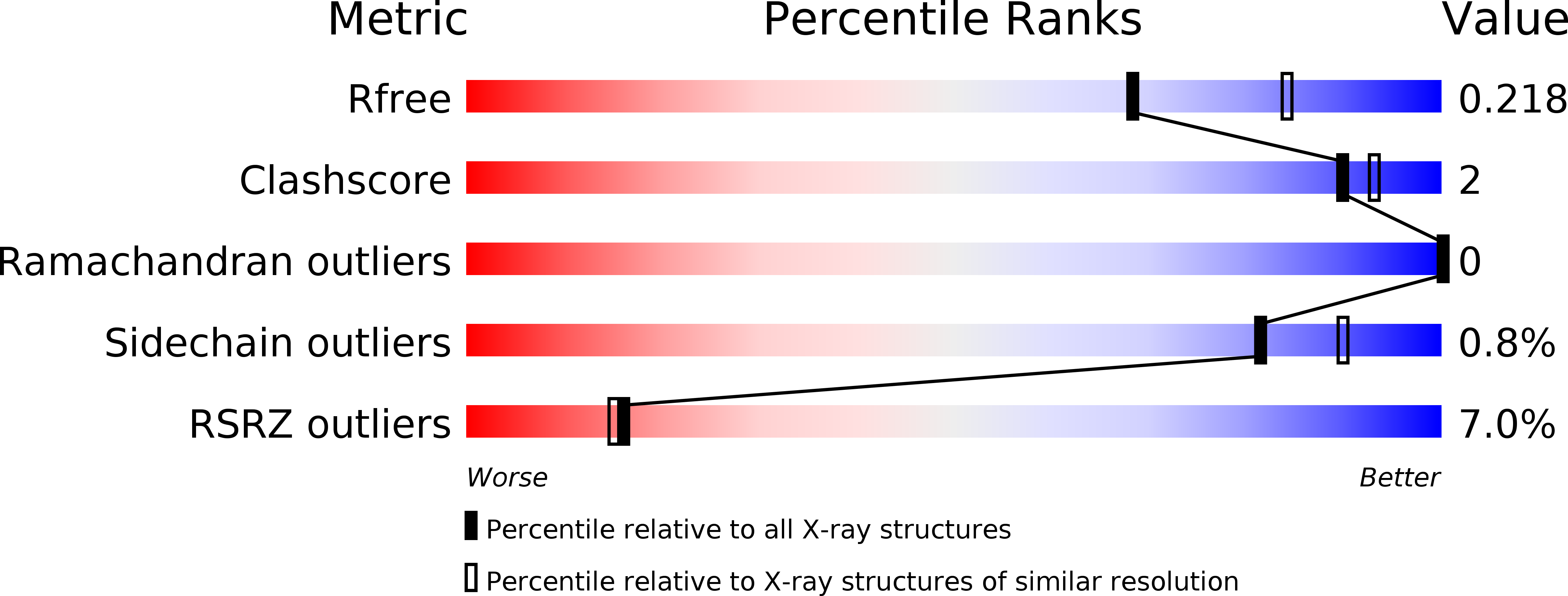
Deposition Date
2018-03-12
Release Date
2018-11-07
Last Version Date
2024-12-04
Entry Detail
PDB ID:
6FYW
Keywords:
Title:
Structure of B/Brisbane/60/2008 Influenza Hemagglutinin in complex with SD83
Biological Source:
Source Organism:
Influenza B virus (B/Brisbane/60/2008) (Taxon ID: 604436)
Lama glama (Taxon ID: 9844)
Lama glama (Taxon ID: 9844)
Host Organism:
Method Details:
Experimental Method:
Resolution:
2.20 Å
R-Value Free:
0.21
R-Value Work:
0.19
R-Value Observed:
0.19
Space Group:
I 21 3


